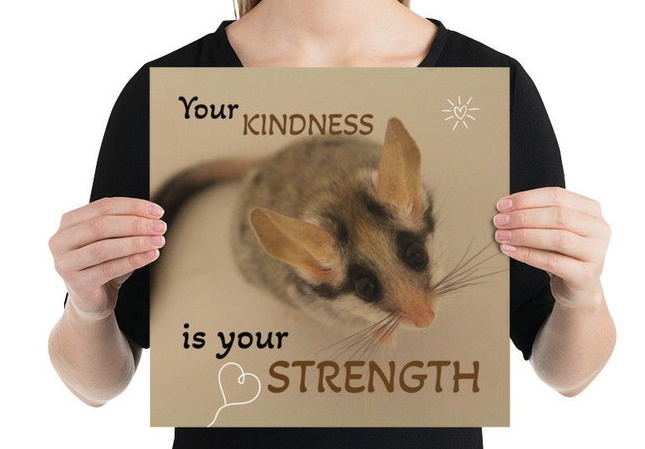Choosing Your Pet
Kid-friendly Guide to picking healthy animals
First, this guide assumes you've done a whole lot of research first! If not, now is the time to go and check out the needs of your ideal pet(s) and see if you can meet them and if they match your own circumstances. Have a look through our Species List to get an ideal of what each pet needs.
Where to get your pet?
If you can give a chance to a rescue pet, please do give this a go! You may have an older animal, but they can still be as rewarding. Any good rescue gives lifetime backup and can advise on whether a certain animal is suitable for you. They may signpost you to a different rescue or put you on a waiting list.
If this is your first pet, or you especially want to have a young pet - rescues do get litters on occasion so it's worth asking.
If you do want a pet with a more certain background and health, that's okay! Ethical breeding has its place in keeping healthy, well-socialised animals available as companion animals. With good breeders, the lifespan and health of some pets can be improved upon too.
Keep pet shop as your last choice. Whilst smaller ones may source from breeders, many larger pet shops use rodent farms - where animals are not kept in good conditions or will be of good health.
Ask the questions!
This is a two-way situation. Check out reviews for the rescue or breeder you have chosen, ask to see photos of setup and details of your chosen pet. Remember rescues and breeders often do this around other commitments, so they won't be responding as quick as you might like - but they should give you the information you ask for.
Be prepared to demonstrate to them that you have done your research, and be prepared to listen to any suggested improvements. Many pet shops sell cages that simply aren't suitable for any rodent for example, or suggest incorrect diets, and it's okay to realise that and adapt. Many rodent cages are much cheaper secondhand.
How to pick out your pet
You are looking for:
- Bright Eyes eyes should be clear, open and bright.
- Good energy levels a shy pet might not be overally active, but they should be moving easily with an unhunched back.
- Fur should be soft and smooth, without any bare patches or excess grease (with the exception of hairless, or some coat types).
- Behaviour ideally you should see some curiosity and interest, and be able to handle your new pets.
Remember, some animals may have had a difficult start and you may need to do extra work to build confidence and work on taming. The important part of this is you should be informed of this before reserving and picking up your pet. Rarely, a rescue or breeder might home a pet that has an ongoing medical issue that can be managed - in that case, you should receive clear instructions on what is going on, and how to manage it, as well as an idea of the costs.
Remember to bring a suitable carrier to transport your pet safely. Think about the journey length and check how you should best be transporting your chosen animal.
Bring them home!
Once you've got your pet home, you can put them in their cage. They may be interested in exploring their cage, working out who you are, or they may be overwhelmed with all the changes and need to hide for a bit. It's best to leave them for a day to settle in, before you begin handling them. Congratulations on your new arrival(s)!


